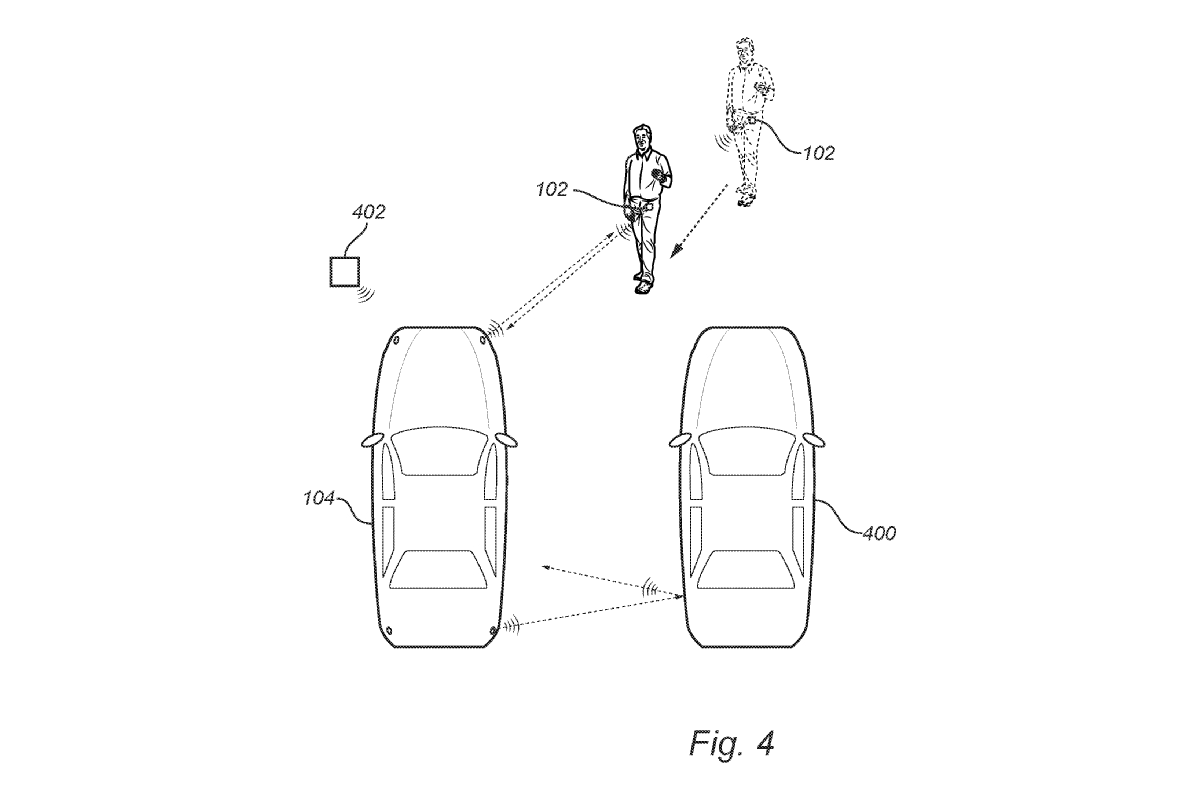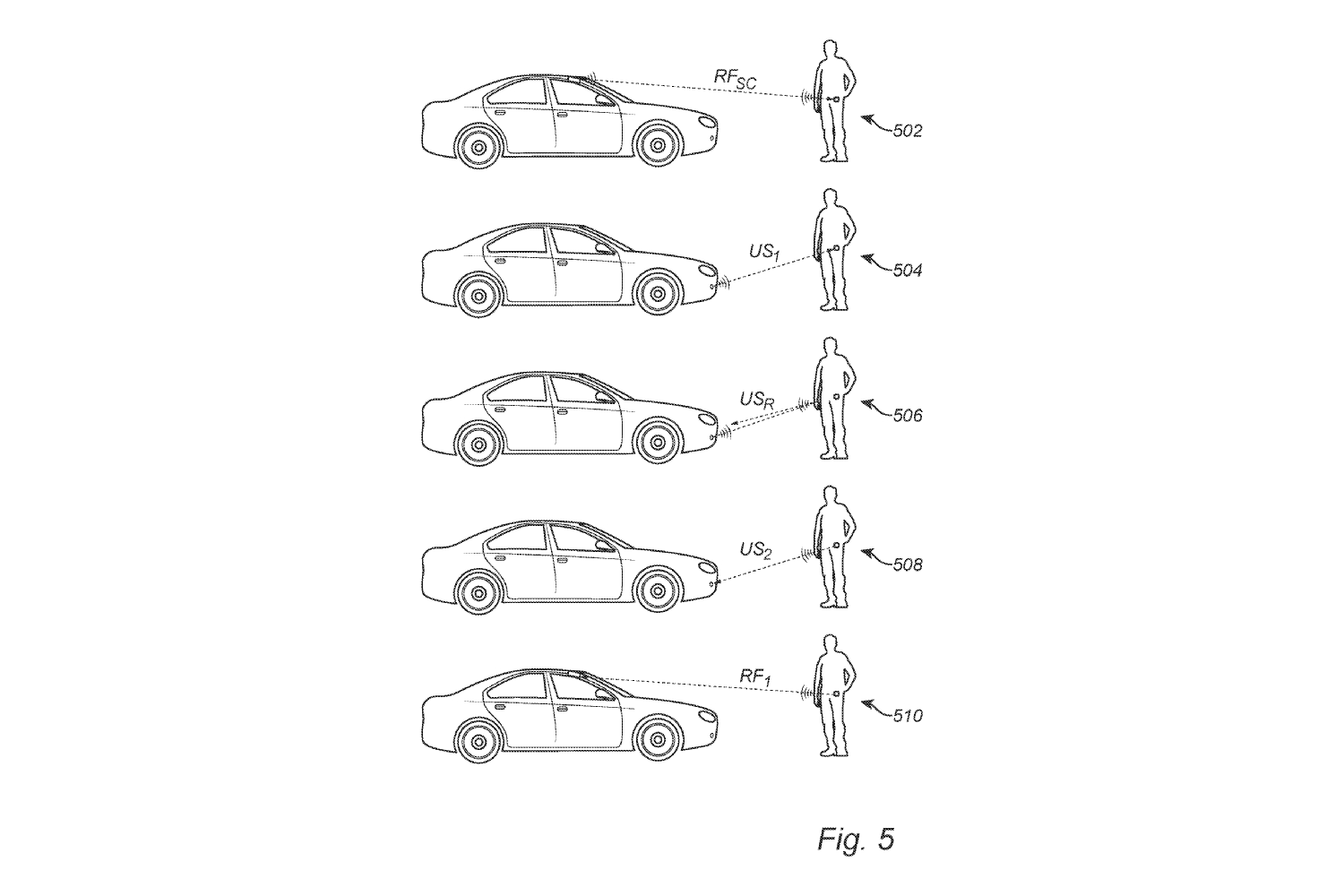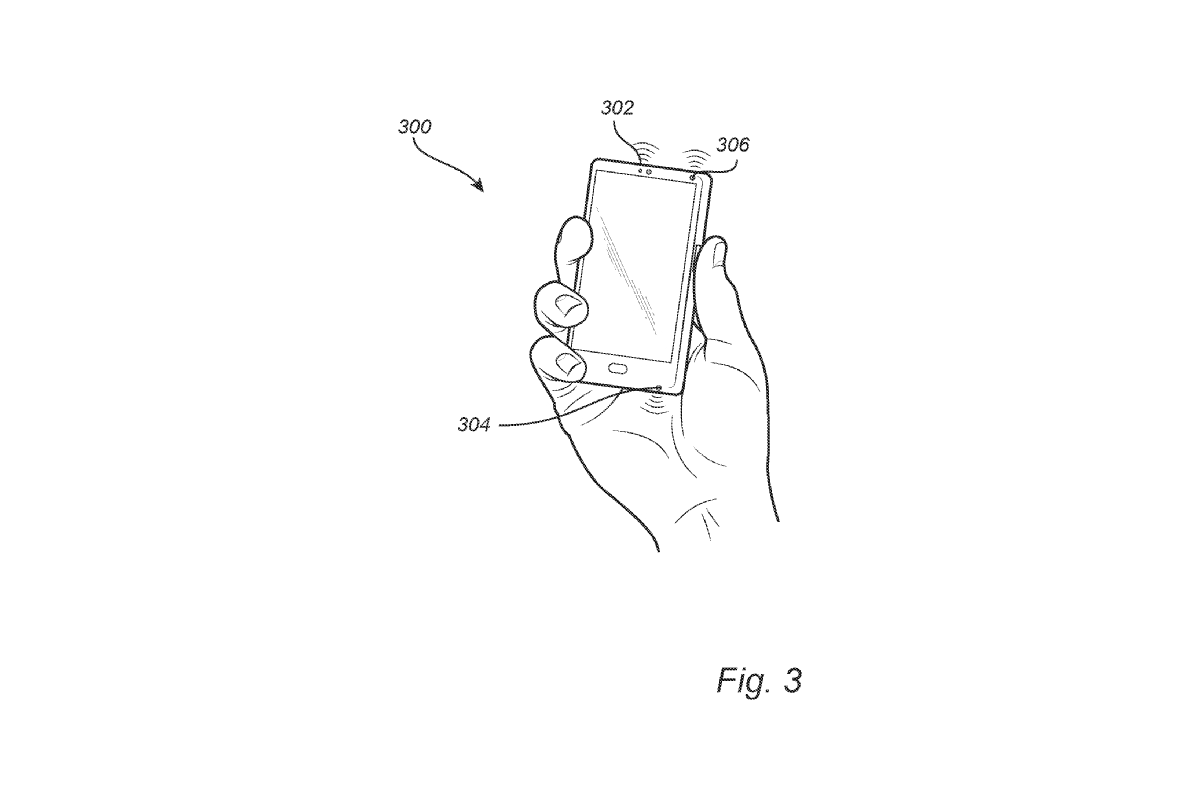
Volvo has developed a means of stopping signal-jamming car thieves in their tracks, with a new patent CarBuzz has discovered at the United States Patent and Trademark Office that adds an extra layer of security to remote locking and unlocking of your Volvo XC90 in a crowded space.
Signal jamming is an overarching term for any electronic signal interception or modification of a vehicle's remote or keyless entry activation. Traditionally, this was accomplished by blocking the remote signal to lock a car or by cloning the signal and thereby being able to unlock a locked car. But newer encryption systems have used a sort of 'rolling password' system. In turn, wily criminals have taken to using relay attacks to intercept remote data, preventing it from reaching the vehicle and then having a pre-approved signal the car will accept. Volvo is combatting that with multi-layer protection that may now include an acoustic failsafe in the key fob (or smartphone/smartwatch in vehicles with phone-as-key technology) to stymie criminals.
The Volvo solution revolves around back-and-forth communication between the vehicle and its access device, along with time calculations and distance estimates based on the signal strength of secondary acoustic sensors.
The vehicle first sends an identifying signal with a timestamp to the access device via a Bluetooth connection, which is then sent back to the vehicle to verify the first time of contact. The vehicle then creates a new second unique identity, which is sent to the access device and back to the vehicle via acoustic receivers mounted on the vehicle's corners to determine the response time delay in communications and confirm the second unique identifier at the same time.
Think of this as two-factor authentication for your car, using Bluetooth as a primary password and the acoustic check as a secondary failsafe.
Considering the proven weaknesses of phone-as-key systems, an extra layer of safety is vitally important.
The key factor here is the acoustic response time delay, which is effectively the same as echolocation as used by bats. If this delay is below a predetermined value and sensed before the access device leaves the acoustic system's detection range, it will deem the key fob/phone/watch to still be in close proximity and grant access. But if the delay is longer, it means the key is further away. In this instance, the system will try and correlate the Bluetooth connection with the distance of the acoustic detection system, and if they match, then you're good to go.
But if the car detects the Bluetooth and acoustic signals are at different distances, or perhaps coming from different directions, then it'll understand there is an outside party trying to interfere from afar. In this instance, access to the car will be blocked.
This prevents someone from sitting in a vehicle nearby and jamming the signal to your car, by making sure that the primary and secondary signals have come from the same source.
The only way a jammer would be able to beat this system would be to stand or walk alongside the vehicle owner while they intercept the signal, which would not only be obviously noticeable but highly suspicious.
While there's no doubt that enterprising criminals will eventually find ways to circumvent this extra security layer, the multiple input requirements and time-related information will make gaining access a lot more complex than with traditional keyless entry systems.
Until all cars ship with facial recognition locking technology, this may just dissuade criminals from trying to gain access to your Volvo.



